Recently, half of my social media feed is Welsh farmers protesting their government’s proposal for new environmental subsidies – including the target of 10% tree coverage for farmland. The farmers argue that this is unreasonable and will jeopardise food production. The other half of my feed is people outraged that the target isn’t more ambitious, given the scale of the climate crisis.
To me, the whole thing feels like a colossal failure of narrative. What the Welsh government is suggesting seems pretty reasonable… All areas not suitable for trees will be removed from the calculations, and 10% tree coverage doesn’t just mean solid blocks of woodland; it could be agroforestry, where trees are spaced out and integrated into productive farmland.
This is being presented as a black and white choice between trees or food, but that’s simply not the case. There’s an old agricultural adage that warns against “farming the last year” – that is, making decisions based on previous conditions rather than anticipating future challenges. On a larger scale, how do we mentally shift away from farming in the last century, and instead prepare to farm the next one? Adding trees to farms is an important way to maintain food production in the face of increasingly extreme weather events.
For some years now, organic veg box company Riverford has been planting trees into agroforestry systems on our own and suppliers’ farms. Yes, these trees sequester carbon – but it’s also about building resilience into our landscape. For example, this year we planted 25% of one supplier’s farm with walnut trees. Hopefully this will create an extra crop of nuts. However, their livestock should also benefit; trees can extend the grass-growing season, and reduce animals’ stress from exposure to heat, wind, and rain. In turn, this can help with things like milk yield and lamb survival rates.
One difficulty is deciding what to plant where. Many farmers aren’t used to working with trees, let alone trying to figure out what impact they might have in a field that rotates between veg, arable crops, and grazing animals. By funding the tree-planting, without penalising farmers if it fails, perhaps we have provided what’s missing from the Welsh narrative: a safe opportunity to learn how to adapt to an unknown future, where the burden of risk isn’t shouldered by farmers alone.

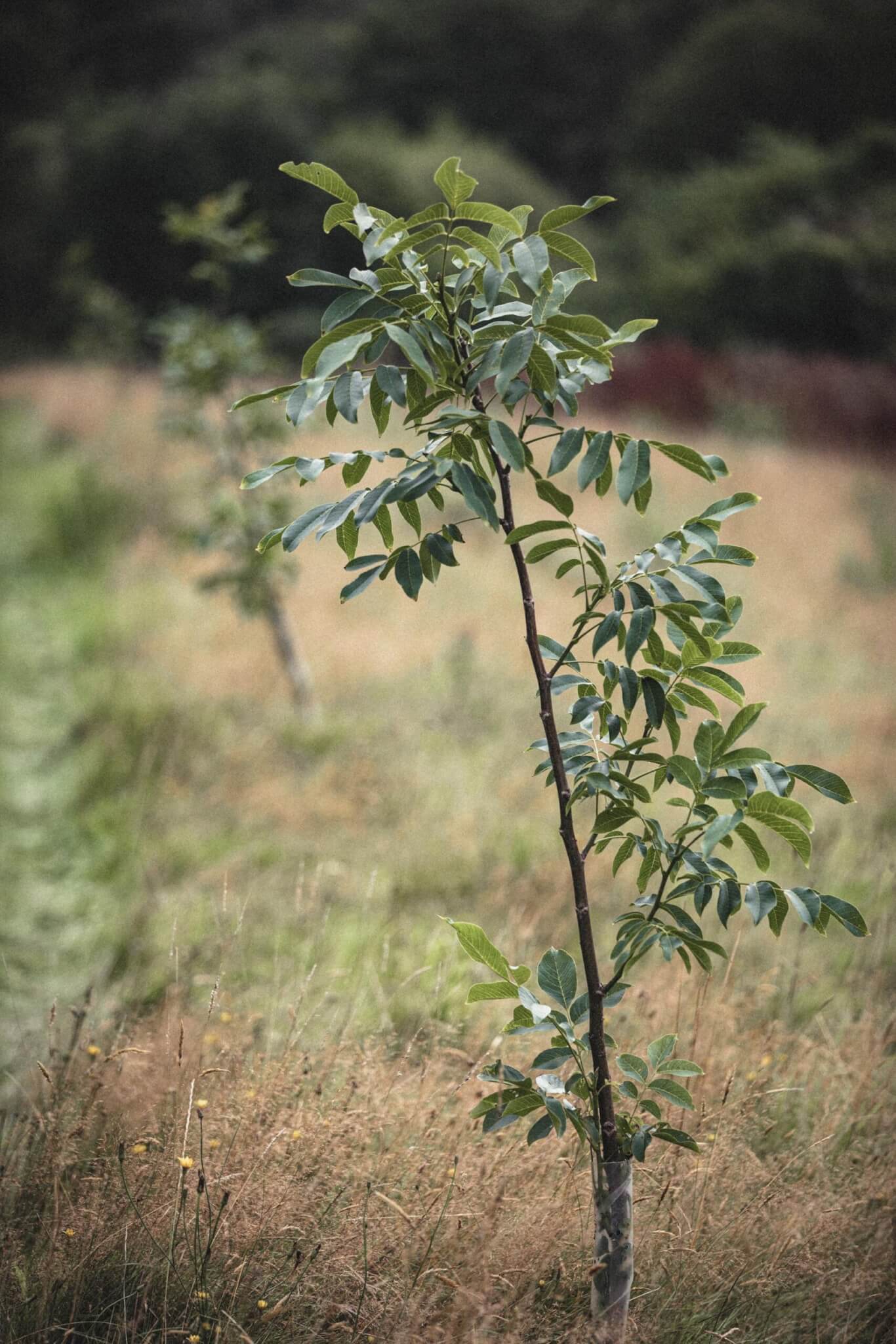
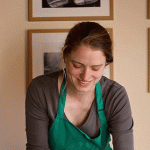
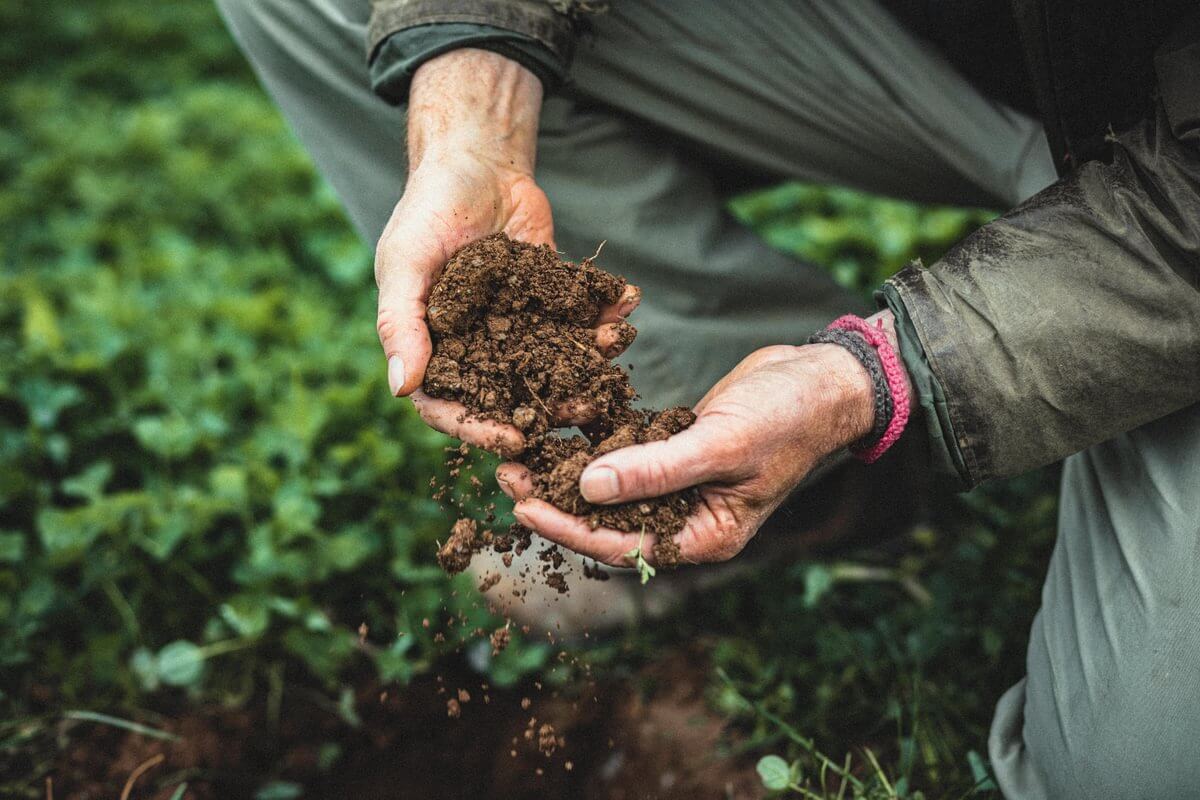
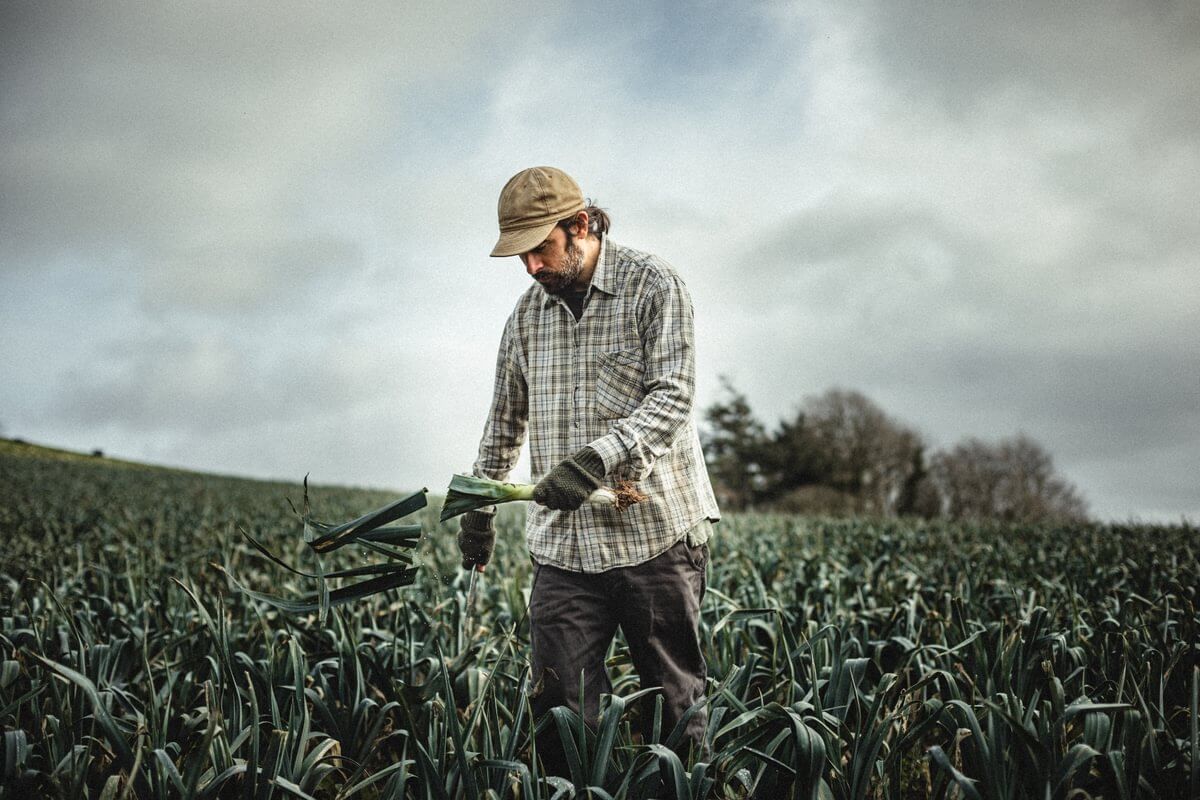
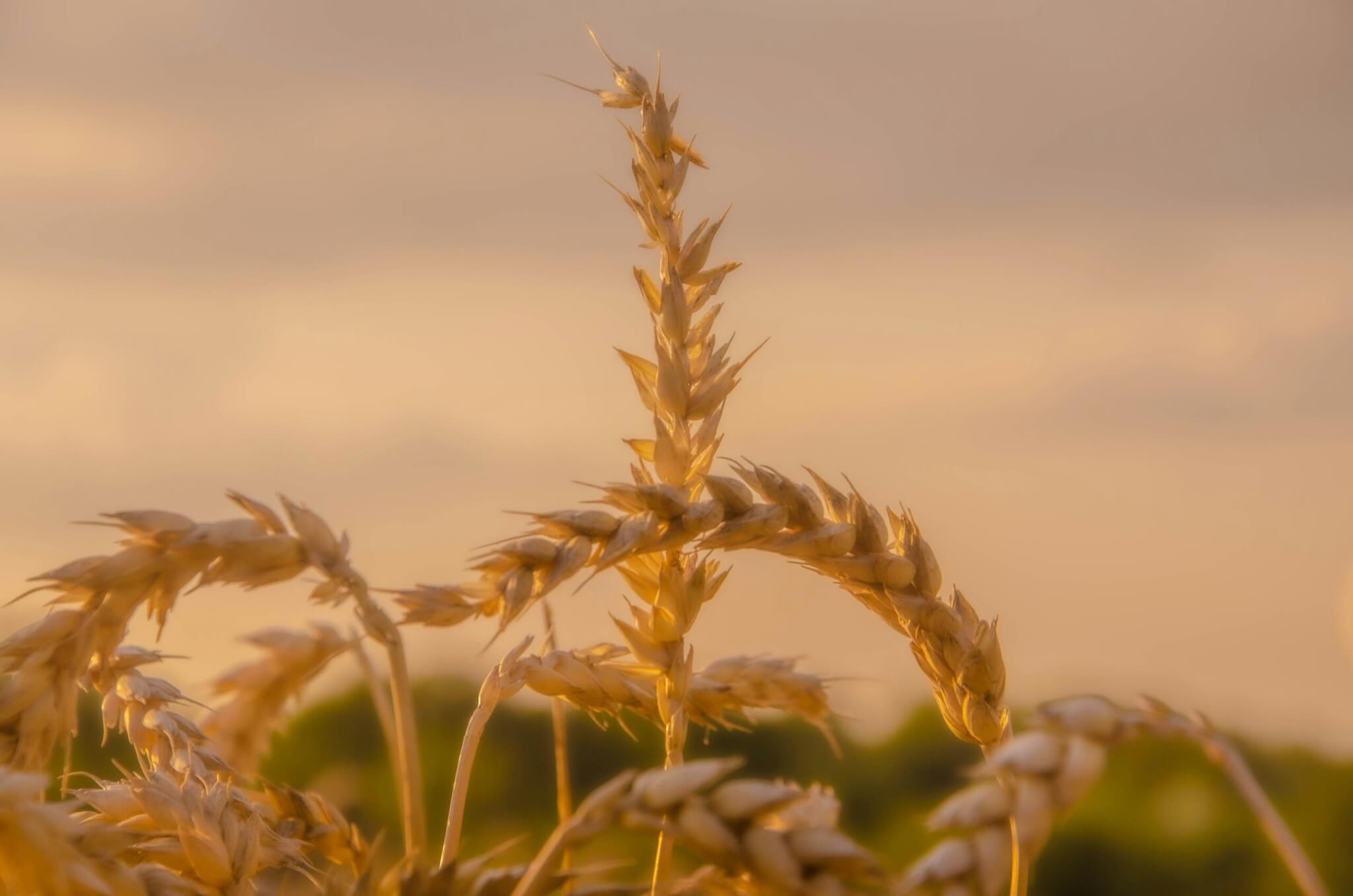










And all this just goes to show how much EDUCATION is essential – at the same time!! (Then farmers – and other folk, can make informed decisions as to what to plant and where – and why!!)